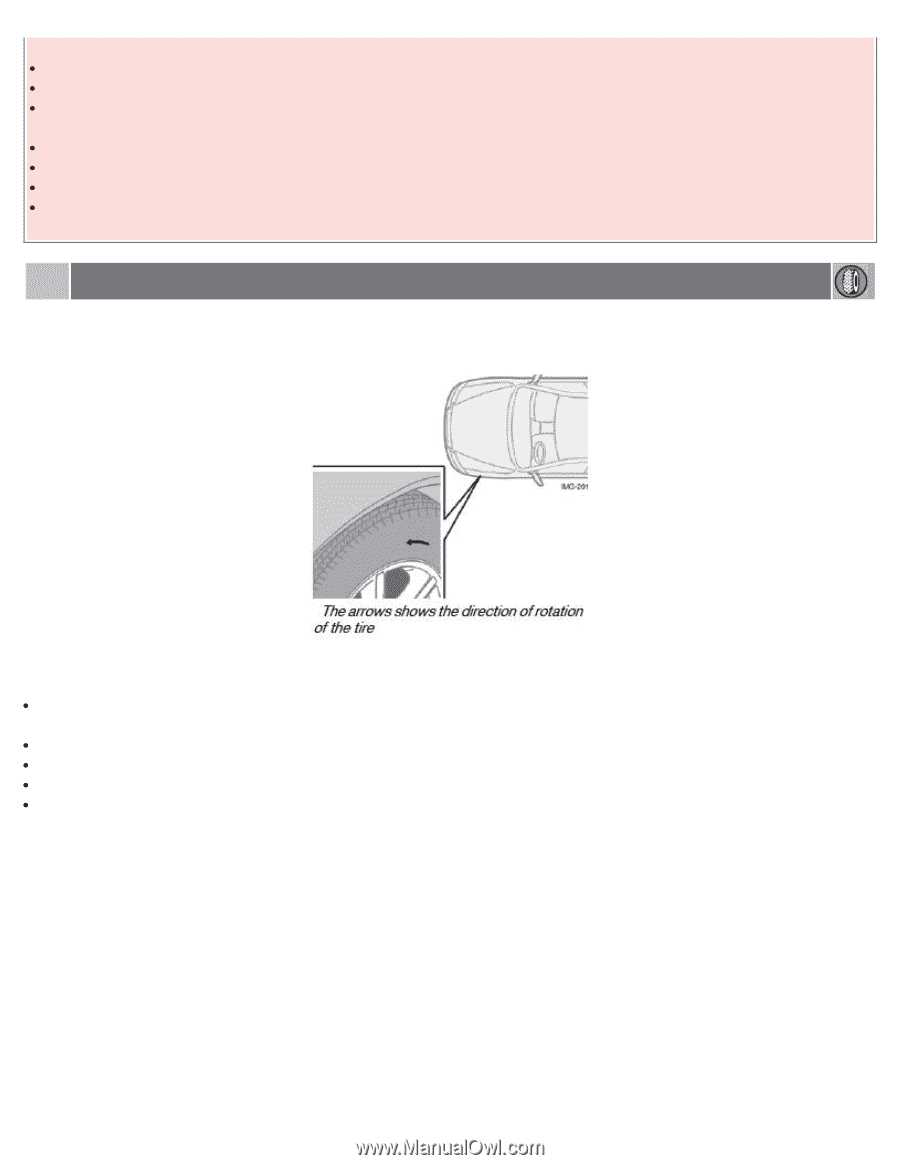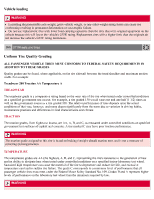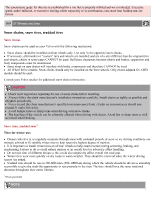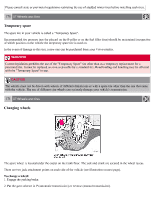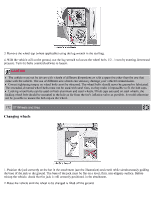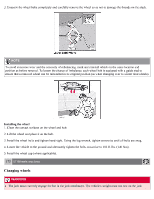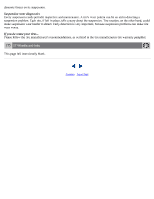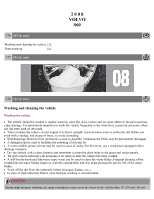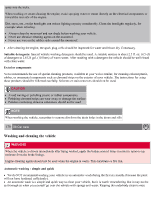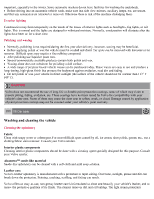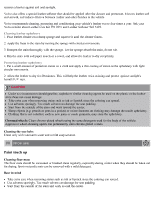2008 Volvo S60 Owner's Manual - Page 158
2008 Volvo S60 Manual
Page 158 highlights
attachment. See illustration "Attaching the jack". Be sure the jack is on a firm, level, non-slippery surface. Never allow any part of your body to be extended under a vehicle supported by a jack. Use the jack intended for the vehicle when replacing a wheel. For any other job, use stands to support the side of the vehicle being worked on. Apply the parking brake and put the gear selector in the (P) ark position (or reverse on manual transmissions). Block the wheels standing on the ground, use rigid wooden blocks or large stones. The jack should be kept well-greased and clean, and should not be damaged. No objects should be placed between the base of jack and the ground, or between the jack and the attachment bar on the vehicle. 174 07 Wheels and tires Tire rotation Summer and winter tires When switching between summer and winter tires, mark the tires to indicate where they were mounted on the car, e.g., LF = left front, RR = right rear Tires with tread designed to roll in only one direction are marked with an arrow on the sidewall. Incorrectly mounted tires impair the car's braking properties and ability to force aside rain, snow and slush. The tires with the most tread should always be at the rear (to reduce the risk of skidding). Contact a Volvo workshop if you are unsure about the tread depth. Tire rotation Your vehicle has no recommended tire rotation. The following information is intended to help you understand why. Tread set As a tire ages and the rubber cures, front and rear tires set at different angles. Therefore, if tires are rotated, the tread will eventually set at an angle that is a compromise. Even if ride, handling, and road noise may still seem acceptable, they may not be optimal. Further, tires that are rotated, but not on a regular basis, may actually cause more tire noise, faster tire wear, and unpleasant changes in steering feel and vehicle handling. A tire that can fully adapt to its position will provide better steering feel, lower tire noise, and better fuel economy. Braking stability performance Your vehicle is driven mainly by the front tires, which will wear faster. This can be beneficial. Having more tread on the rear tires will help reduce oversteer. Oversteer is when a vehicle wants to keep turning because of momentum and
